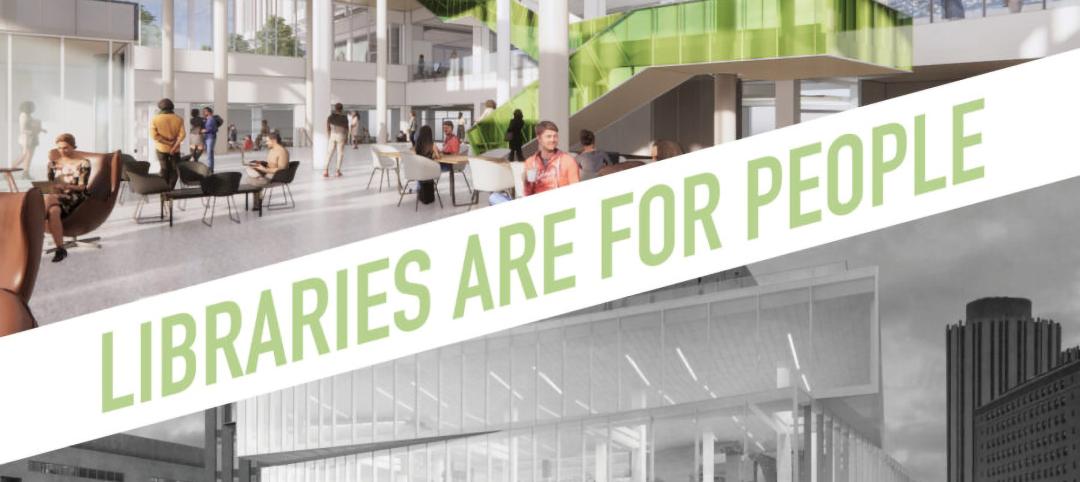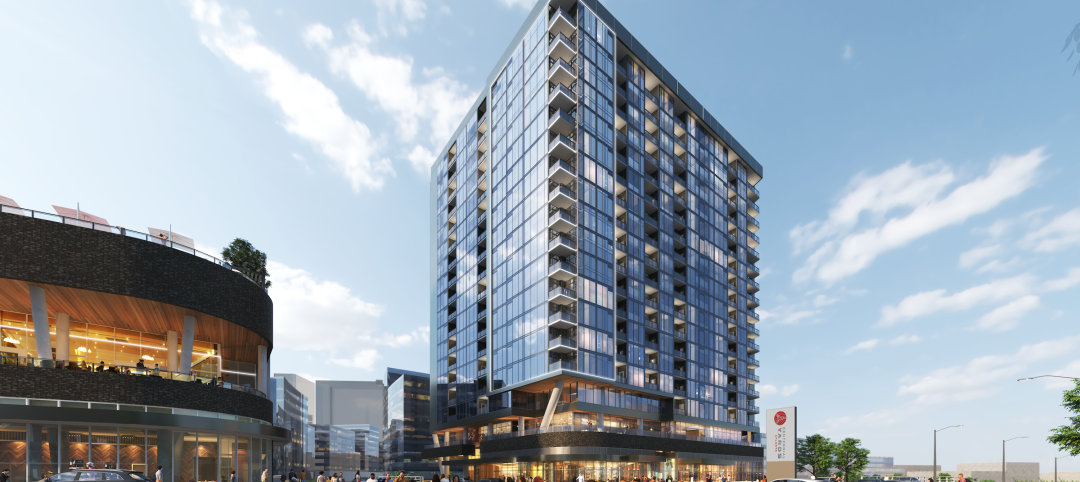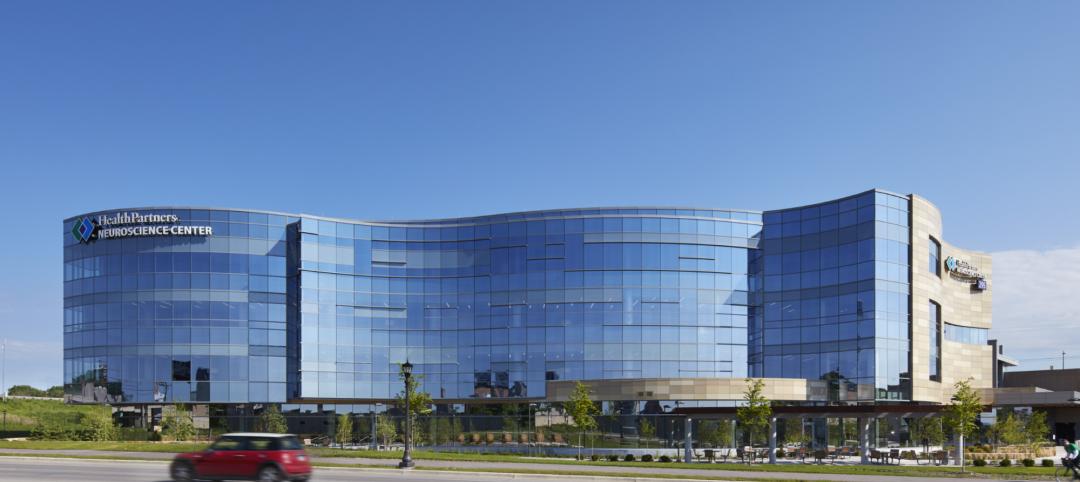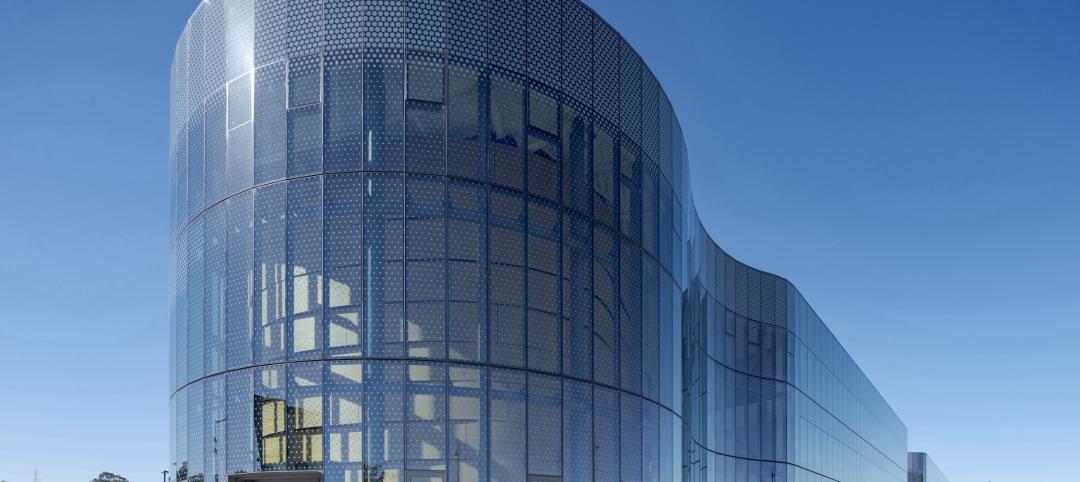When sports teams travel to a game, they battle fatigue, strange surroundings, and thousands of hostile, roaring fans. The home team meanwhile, rested, confident in their city and familiar with the facility, rides the fan energy that rocks their building when they step onto the field or court.
Home advantage can play a significant role in game outcomes. Players talk about it, coaches plan for it, Vegas odds makers calculate it. Team owners even ask architects to maximize it.
Here are six ways AEC firms can help create the conditions that draw big crowds, energize the home team to perform better, and disrupt visiting players:
1. Bring the fans in close
The closer the fans are, the more the players hear the noise, see the enthusiasm, and feel the energy. Venues can be designed to place stands as close to the court or field as possible, and steep-pitched seating bowls can bring the back rows closer to the action. The result: home teams feel the energy of the crowd as an extra player, while visiting teams must battle the added aural and visual distraction.
At JELD-WEN Field, seating extends to within fifteen feet of the pitch, and many fans stand and cheer virtually the entire game. After the Timbers’ home opener victory, head coach John Spencer said, “I don’t think you’ve seen an atmosphere like that in American soccer history. Ever. I think it was tremendous.”
2. Make it loud
Acoustic design maximizes the crowd’s ability to drown the opposing team in roaring noise, disrupt their communication and intimidate them. CenturyLink Field, home of the NFL Seattle Seahawks, has been dubbed the “loudest stadium in the NFL” thanks to a design that focuses crowd noise onto the field.
Foot stomping on the steel stands has been recorded by seismographs at comparable levels to a mini-earthquake. Over a 10-year period, there were 143 false-start penalties on visiting teams in Seattle, the most of any open-air stadium. During the home opener against the San Francisco 49ers on September 15, 2013, CenturyLink will be the site of an attempt sponsored by a fan group to break the Guinness World Record for loudest stadium crowd.
3. Make it easy to get there
How easily fans can travel to a venue is a big factor in filling the seats. Placing the venue in a centralized location well served by mass transit makes it more accessible. Brooklyn’s new sports and entertainment destination, Barclays Center, is one of the few urban venues in the U.S. with no dedicated parking. Instead, the arena can be reached by 11 subway lines, the Long Island Rail Road, and 11 bus lines. In their first season at Barclays Center, the Brooklyn Nets traded years at the isolated, and largely empty, Meadowlands Arena (and a two-year stint in Newark) for a packed house in a hot spot—and their first winning season in seven years.
In downtown Portland, Oregon, JELD-WEN Field, home of the MLS Portland Timbers, also has no dedicated parking, but receives extra service from the local metro system on game days. To sweeten the deal, season tickets—which have sold out every year since the renovated stadium opened and have a waiting list of thousands—include a transit pass.
4. Make it the place to be
More people in the building means more energy. Barclays Center demonstrates the difference between a typical sporting venue and an urban focal point where sports are the anchoring attraction. Home to the NBA Brooklyn Nets and soon the NHL New York Islanders, Barclays Center was designed to include amenities that broaden the appeal — four bar-lounges, three clubs, and the 40/40 CLUB & Restaurant by American Express make the venue a hotspot for nightlife and keep the place buzzing with celebrities and fans. In the Nets’ first season in the new facility, ticket sales increased 23 percent over the previous year, jumping from dead last over half of the teams in the league.
5. Make the home team feel at home
The quality of team amenities like locker rooms and training facilities makes a big difference in a team’s morale and self-image, which players carry into the field and into every play. Ultra-modern technology, high-end design finishes, and institutional identity imagery all contribute to athletes’ sense of belonging—in a facility, in a tradition, and in contention for their league’s highest honors. When the University of Oregon created the Matthew Knight Arena to replace a legendary basketball temple, it was critical that the facility modernize to the utmost while embodying the legacy of the previous building and the Ducks.
6. Get people excited
Venues that combine iconic architecture, local flavor and active public spaces give fans a stronger sense of connection and excitement. The dramatic post-Hurricane Katrina restoration of the Louisiana (now Mercedes-Benz) Superdome in New Orleans forever connected city and venue, building a reputation as one of the toughest away-game locations in the NFL. In 2010 the owners went a step further, adding Champions Square, a new public space conceived as the venue’s “front porch.” Designed in the tradition of New Orleans’ famous public squares, Champion Square hosts concerts prior to games, with the street festival atmosphere brewing excitement until fans fill the stadium and create what has been called the best home field advantage in the NFL.
Related Stories
Education Facilities | Sep 16, 2024
Hot classrooms, playgrounds spur K-12 school districts to go beyond AC for cooling
With hotter weather occurring during the school year, school districts are turning to cooling strategies to complement air conditioning. Reflective playgrounds and roads, cool roofs and window films, shade structures and conversion of asphalt surfaces to a natural state are all being tried in various regions of the country.
Office Buildings | Sep 16, 2024
Maximizing office square footage through ‘agile planning’
Lauren Elliott, RID, NCIDQ, Director of Interior Design, Design Collaborative, shares tips for a designing with a popular and flexible workspace model: Agile planning.
3D Printing | Sep 13, 2024
Swiss researchers develop robotic additive manufacturing method that uses earth-based materials—and not cement
Researchers at ETH Zurich, a university in Switzerland, have developed a new robotic additive manufacturing method to help make the construction industry more sustainable. Unlike concrete 3D printing, the process does not require cement.
Libraries | Sep 12, 2024
How space supports programming changes at university libraries
GBBN Associate Sarah Kusuma Rubritz, AIA, uses the University of Pittsburgh's Hillman Library to showcase how libraries are transforming to support students’ needs.
Adaptive Reuse | Sep 12, 2024
White paper on office-to-residential conversions released by IAPMO
IAPMO has published a new white paper titled “Adaptive Reuse: Converting Offices to Multi-Residential Family,” a comprehensive analysis of addressing housing shortages through the conversion of office spaces into residential units.
Giants 400 | Sep 10, 2024
Top 40 Engineering Architecture Firms for 2024
Jacobs, AECOM, Kimley-Horn, WSP, and Alfa Tech Consulting Engineers top Building Design+Construction's ranking of the nation's largest engineering architecture (AE) firms for nonresidential building and multifamily housing work, as reported in BD+C's 2024 Giants 400 Report.
Mixed-Use | Sep 10, 2024
Centennial Yards, a $5 billion mixed-use development in downtown Atlanta, tops out its first residential tower
Centennial Yards Company has topped out The Mitchell, the first residential tower of Centennial Yards, a $5 billion mixed-use development in downtown Atlanta. Construction of the apartment building is expected to be complete by the middle of next year, with first move-ins slated for summer 2025.
Healthcare Facilities | Sep 9, 2024
Exploring the cutting edge of neuroscience facility design
BWBR Communications Specialist Amanda Fisher shares the unique considerations and challenges of designing neuroscience facilities.
Giants 400 | Sep 6, 2024
Top 100 Architecture Engineering Firms for 2024
Stantec, HDR, Page, HOK, and Arcadis North America top Building Design+Construction's ranking of the nation's largest architecture engineering (AE) firms for nonresidential building and multifamily housing work, as reported in BD+C's 2024 Giants 400 Report.
Office Buildings | Sep 6, 2024
Fact sheet outlines benefits, challenges of thermal energy storage for commercial buildings
A U.S. Dept. of Energy document discusses the benefits and challenges of thermal energy storage for commercial buildings. The document explains how the various types of thermal energy storage technologies work, where their installation is most beneficial, and some practical considerations around installations.























